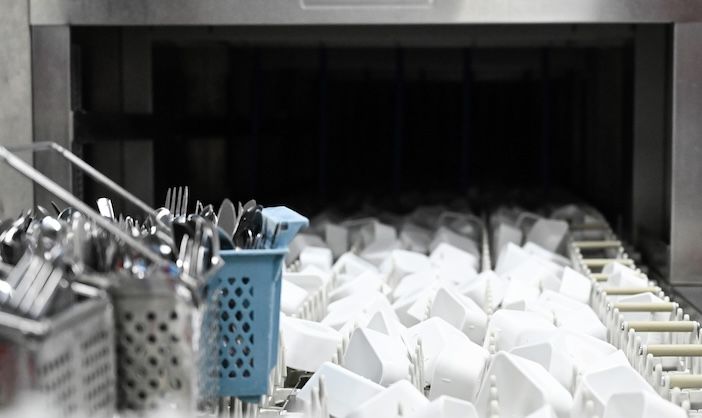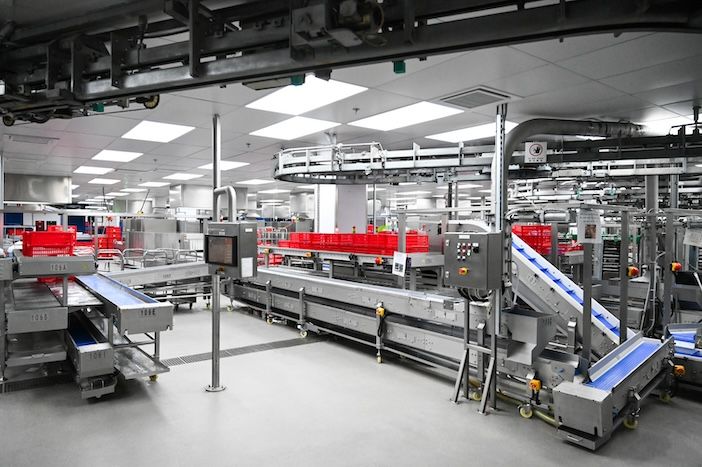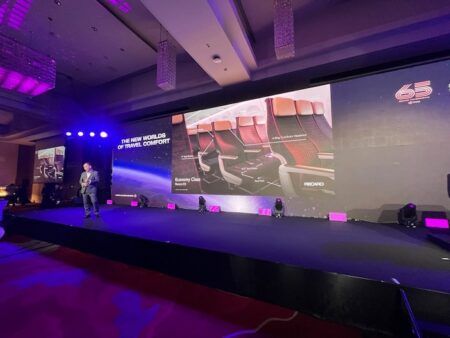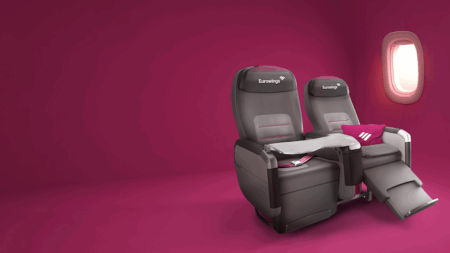Cathay Dining, the inflight catering subsidiary of Cathay Group, has developed an inbound food waste collection and recycling facility claimed to have increased the company’s food waste recycling capacity by 200%.
The system begins with a new inbound food waste collection facility, where conveyors and compactors segregate food waste from the general cabin waste amassed during flights. The collected food waste is then transferred to the nearby Organic Resources Recovery Centre (O·PARK) on Lantau Island, Hong Kong, where it undergoes anaerobic digestion and results in electricity generation.
The O·PARK facilities can process up to 500 tonnes of food waste daily, generating sufficient surplus electricity to power around 8,000 households annually.
The system is also energy efficient, as it separates the stripping and washing processes. The washers operate only when the equipment reaches a pre-defined threshold, minimising unnecessary operation.
According to the the system specifications, handling capacity, and operational requirements noted before and after the system was implemented, the new system is estimated to achieve big utility savings. According to Cathay Dining, it creates up to a 70% reduction in electricity consumption and nearly a 60% reduction in water use compared to the previous system.

Improved operations and safety
The new system is designed to solve a common challenge in the industry – the dynamic demands of equipment washing the cleaning and sanitising plates dishes, utensils, and other kitchenware, to ensure food safety and hygiene (known as ‘warewashing’).
In the new system, multi-purpose washers can handle different types of equipment simultaneously, offering greater adaptability and flexibility of warewashing. Combined with a separate equipment sorting process, the newly designed system achieves over a 20% increase in machine utilisation. The system is complemented by dedicated equipment washers and meal cart washers.
“We are proud to lead the way in sustainable practices and operational excellence within the inflight dining industry,” said Agatha Lee, CEO of Cathay Dining. “By reducing utility consumption and featuring an innovative food waste segregation design, this new system future-proofs operations and enables us to meet the evolving needs of our customers with a focus to sustainability – highlighted by the recycling of inbound food waste.”





